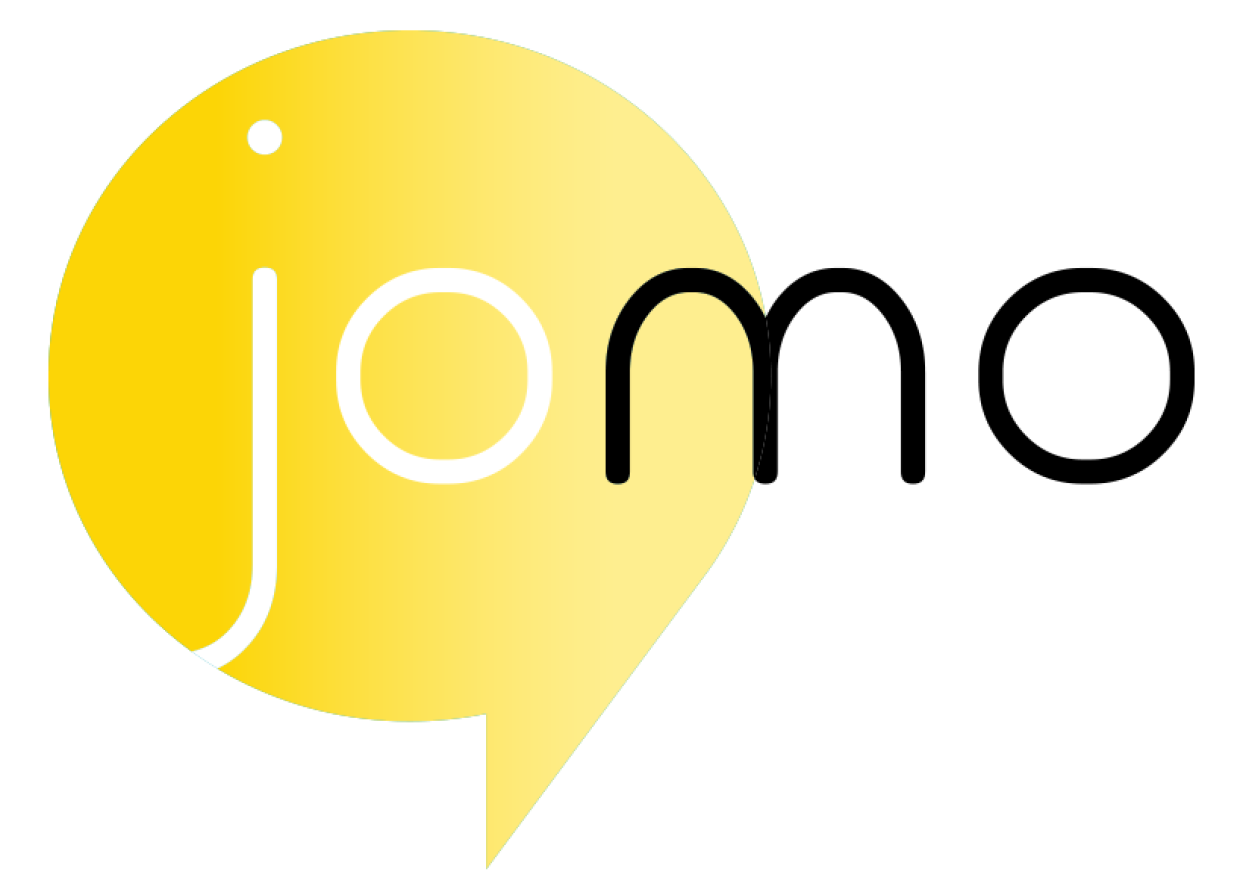Think back before COVID-19 disrupted our working lives. If your CEO told you the business was launching in a new city, and part of this required you to build a contact centre, one of the biggest challenges you’d face would be location, right?
As they’re telling you their plans, you’d be sitting there, making a mental note of the processes and resources you’d need to get things moving.
What does the local candidate pool look like?
Is there competing contact centres?
Which agency understands the local market?
Before the concept of remote working was embraced, if you didn’t know the area and your brand wasn’t well-known, location may have been the restricting factor in getting this contact centre up and running in time.
Not only that, it may have also had an impact on the diversity of candidates coming through.
Today, with remote working you’re able to open the candidate pool wide open. The pandemic has normalised working from home. It’s allowed businesses to modernise how people work, removed barriers and created more of an equal playing field for candidates.
If this is the case then, all hiring should be smooth sailing… right?
Well, not really. There may be a new challenge ahead.
18 months ago, you may have been competing for experienced contact centre candidates in your targeted area. Their only real choice was to look at the other contact centres hiring at that time. Now, with the remote working, location may not be the inhibiting factor any more. That means there could be a chance that the same talent is looking elsewhere.
Once restricted by geography, candidates can now consider more opportunities previously available to them. That’s why those that have invested in their employer brands with tools such as culture decks tend to be remembered more. Learn about culture decks that can inspire your employer brand.
How are the market and candidate behaviours changing when searching for remote working and contact centre opportunities?
Last year’s recruitment market was disruptive to say the least. The impact of the first lockdown saw an increase in unemployment, with some businesses seeing applications for openings increase up to six times. This pool quickly dried up, however, as the good people found jobs and have stayed where they are for fear of a risky market.
When it comes to the impact of remote working on contact centre recruitment, here are four trends we’re seeing:
1. Searching for employers who offer remote working is on the up.
The volume of job searches using the ‘remote’ filter on LinkedIn has increased 60%, and the share of remote job applications has increased nearly 2.5 times globally since March last year, according to LinkedIn.
2. People are making new choices about what they actually want.
Slack’s Future Forum Research found that of 4,700 knowledge workers, only 12% want to return to the office full-time.
3. Searching for remote-first versus remote-friendly.
Candidates are also becoming savvy with the type of jobs available. Some candidates are prepared to, if not happy to, apply for jobs at businesses who describe themselves as remote-first – removing any possibility or need to visit the office. As a result, we’re seeing candidates considering applying for jobs in different timezones, in an attempt to work for brands that were not accessible to them before.
4. It’s great for recruitment teams.
You may now be in a position to source diverse talent more easily or for skills that weren’t available locally. You can also be more flexible: you can offer shift patterns to accommodate the parents who want to work, but need to work at night for example, because the home-schooling is really starting to get in the way.
How much of a threat is remote working to contact centre recruitment really?
But let’s not forget one of the main reasons WHY candidates apply for contact centre roles.
It’s the people.
They enjoy the interaction with their colleagues. They like being able to swing around on their chair and ask Dave to give them a hand with a complex customer query. And they love hitting those mini targets and winning lunch for the team.
Of course this isn’t the only reason, but the idea of returning to the office is important to some people. This could be because it just isn’t viable to keep working at home or they’re realising it’s best for their mental health to create the separation between home and work.
Could this be a big enough pull for candidates to keep their search in their local area?
What are other businesses doing to understand how to act?
Businesses that are planning to go back – when they can – are modernising working practices. Some are now remote friendly, some are remote first. And some are introducing a hybrid remote working model.
Whereas others, if you want to really get detailed are getting deep into the stats. They’re embracing a remote working offering and using tools such as the Remote Employee Experience Index to create the optimal experience by assessing employees’ wellbeing and adjusting their work accordingly.
Pretty interesting, huh?
Takeaway
We’re often asked our opinions on the market, and how different shifts will impact candidate attraction. And, more recently, I’m asked to what extent remote working will impact contact centre recruitment?
Let’s face it, none of us have ever experienced this challenge before. We’re in new waters. That means we are constantly checking in with candidates to understand where they’re at and what they need.
This quote from Allyn Bailey sums up how to think about this challenge.
“Make understanding your target audience’s behaviours, needs and preferences an ongoing part of your recruitment marketing practice.
People are dynamic and what you thought you knew about your audience yesterday may not be relevant today”


